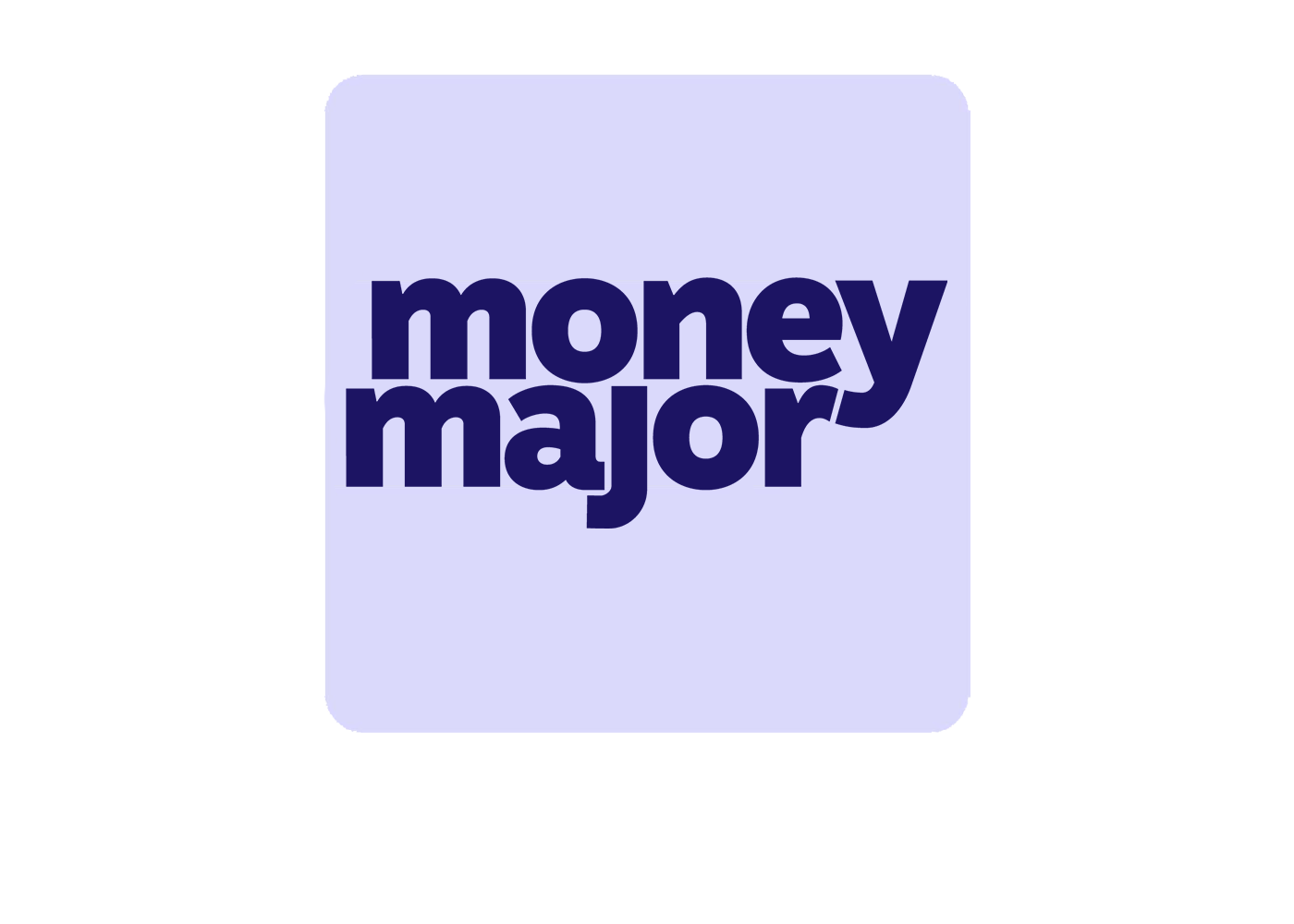Students filing their taxes for the first time may not be familiar with all the slips they get and the actual tax process. Fortunately, the Canada Revenue Agency (CRA) makes it easy to complete the entire process online.
One of the most essential things students need to know is that they must file their taxes if they’ve earned any income. This includes educational assistance payments (EAP) from their registered education savings plan (RESP).
Here’s what you need to know about student T4 slips and how they affect your taxes.
Common student tax slips
When you’re ready to file your taxes, you’ll need to gather all of your tax slips. These are typically provided by your employer and educational institution by the end of February. Some of the most common tax slips include:
- T4: These show any employment income you’ve earned and the payroll deductions you’ve paid.
- T4A: These slips show scholarship, fellowship, and bursary income, which are typically from your RESP.
- T5: If you’ve earned any interest from your bank account or other investments, you’d get one of these slips.
- T2202: This is your official tuition and enrollment certificate that lists any paid tuition and fees that are eligible to be claimed on your taxes.
If you’re missing any tax documents, always try to contact the institution who should have sent you the slips first (i.e. your employer or school).
Alternatively, you could see if the documents are available in your MyCRA account. That said, you can only create an account after filing your first tax return, so if this is your first-time filing, that won’t be possible.
Tax deadlines to be aware of
Before you file your taxes, you should know all the deadlines. Filing your taxes on time is essential, as you’ll avoid any penalties and interest charges.
- March 1: Registered Retirement Savings Plan (RRSP) contribution deadline
- April 30: The tax deadline for most individuals
- April 30: Deadline for any taxes owed
- June 15: The tax deadline for anyone self-employed
The RRSP deadline is 60 days from the start of the year, so on leap years, the deadline is February 29th. In addition, if any of these dates fall on a weekend, the deadline is moved to the following Monday.
Filing your taxes as a student
Once you’ve got all your documents gathered, you’ll want to set aside about an hour to file your taxes. By doing this, you won’t have any distractions. When you’re ready to file your taxes, you can choose to do things by hand or with software. Most people will use software since there are many free versions for students.
As soon as you start the filing process, it’s really a matter of following the onscreen prompts and entering the information that’s provided on all of your tax slips.
EAPs (education assistance payments) are found in box 042 of your T4A slip. You would report that number when your software prompts you. The value of your EAP consists of funding from the Canada Education Savings Grant (CESG), the Canada Learning Bond (CLB), any earnings made from investments inside the RESP, and any amounts paid under designated provincial programs.
Since EAPs are considered income, they are taxed in the hands of the student. However, since students typically have low to no income, and they have many tax credits available, they’ll typically pay little to no taxes.
Generally, as a student, your tax return will be straightforward. You’ll likely only have a few basic tax slips to refer to and your filing software will walk you through where and how to enter the various data points. Most filing software will automatically scan for any tax credits or rebates that you may qualify for. This ensures you’re maximizing your tax refund.
Once you’re done, all you need to do is click the submit button.
How much taxes do students pay?
The amount of tax you pay depends on your tax bracket. Canada uses a progressive tax system. That’s where people who earn more money pay more taxes. However, this is a graduated system, that means you don’t pay the same tax rate across your entire income. Instead, your tax rate increases each time you enter a higher tax bracket.
Despite these tax brackets, most students don’t end up owing any money. That’s because there’s a federal basic personal amount where you’re not taxed at all. You’re only taxed on the income you make that crosses that threshold.
In addition, if you’re attending a qualifying post-secondary educational institute, you’d also get a tuition tax credit, which would further lower your tax obligations.
What happens after you file your taxes?
Once your tax return is received, the CRA will assess it. Occasionally, they may contact you for additional information. However, in most cases, if the adjustments are minor, they’ll make the changes and it’ll be outlined in your Notice of Assessment (NOA). Your NOA is like a receipt that has the final details of your tax return.
If the government owes you money, they’ll send you a cheque in the mail. If this is your first NOA, you can take the information to set up your MyCRA Account. Be sure to update your direct deposit information right away, as future refunds and rebates will be deposited right to your bank account.
RESPs and Taxes

Barry Choi is an award-winning personal finance and travel expert. He regularly appears on various shows in Canada and the U.S., where he talks about all things money and travel. His website - Money We Have - attracts thousands of visitors daily, looking for the latest stories on travel and money.



